What’s the Difference between Budgeting and Forecasting?
By: Rich Uphus | March 21, 2023
Both are an essential part of your company’s finances, but how are they different?
______________________________________
ARTICLE — Budgeting and forecasting are two essential terms in an organization’s finances but are often misunderstood and misused; you may see people use one term when they mean the other, and occasionally people may incorrectly think that the two terms are interchangeable.
These are two related but distinct concepts, and understanding them will help you understand and manage your spending.
So what’s the difference?
DIFFERENCE #1 – Timeframe
The first big difference comes in the timeframe. Budgets tend to be for one to three years and can even look as far out as five years in the future.
On the other hand, forecasts tend to cover a year or less and are often divided into quarters. If what you’re thinking of as your budget only covers a matter of months, it might be more properly termed a forecast.
DIFFERENCE #2 – Purpose
The general purpose matters as well. Budgets, with their long-term view, tend to be more goal-driven. Forecasts, with their short-term focus, are usually more targeted and tactical.
DIFFERENCE #3 – Revisions
Another big difference between the two is how often they are changed. Once you’ve created a budget, it tends to be static, with only minor changes accepted. Forecasts, however, are revised frequently, often quarterly, based on the last quarter’s actuals.
DIFFERENCE #4 – Other Considerations
Something distinct about budgets is that different versions may exist. It’s common to create a worst-case budget, a nominal budget, and a best-case budget, then approve the nominal budget. It’s also common to have budgets for different company areas—for instance, for a specific product line.
One notable aspect of forecasts is that they can be used to evaluate the budget; as the forecast is used and then revised each quarter, it can highlight areas of the budget where either there is excess budget remaining or where the company is over budget and needs to dial back its spending.
Conclusion
Budgeting and forecasting are essential aspects of getting your company’s finances solidly in order. You need automated functionality to control your spending and ensure your spending stays in line with your organization’s plans and objectives. To save time, money and lessen mistakes, consider employing an automated budgetary control solution like PyanGo Automated Budgetary Control that is seamlessly integrated into your NetSuite ERP.
Such a solution can automatically check budget availability and whether the expenditure is in compliance before a purchase is encumbered, keeping your company from spending more than has been budgeted or purchasing outside of company objectives.
PyanGo Automated Budgetary Control for NetSuite
PyanGo’s Automated Budgetary Control for NetSuite, seamlessly built inside Oracle NetSuite, lets organizations take control of their spend. It allows them to automatically regulate and track expenditures against predefined authorized budgets and encumber expenses throughout the procurement lifecycle. The solution tracks hard and soft commitments via purchase requests or purchase orders. All expenditures outside of compliance are flagged for review before funds are encumbered. Automated Budgetary Control for NetSuite also extends standard and advanced procurement, expense reports, and journal processing modules.
Contact PyanGo to learn more about how PyanGo’s Automated Budgetary Control for NetSuite can benefit your organization.
Click here to schedule an online product demonstration.




